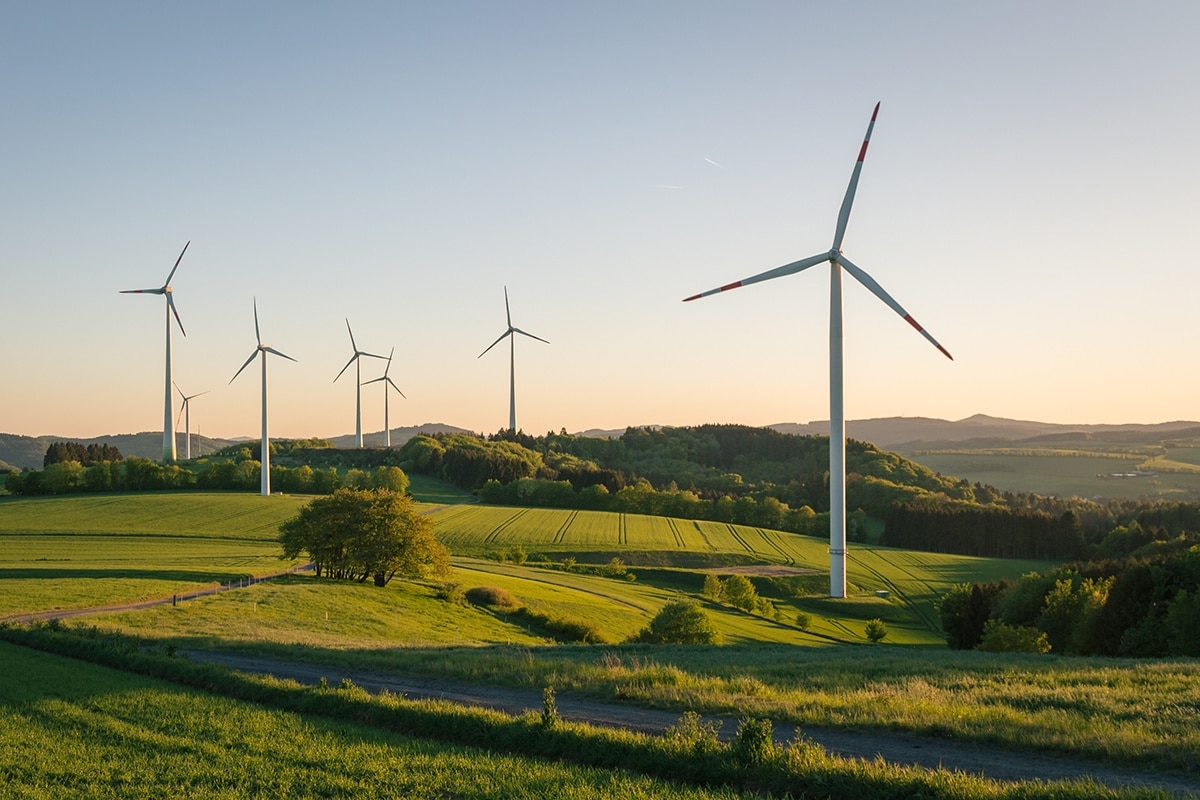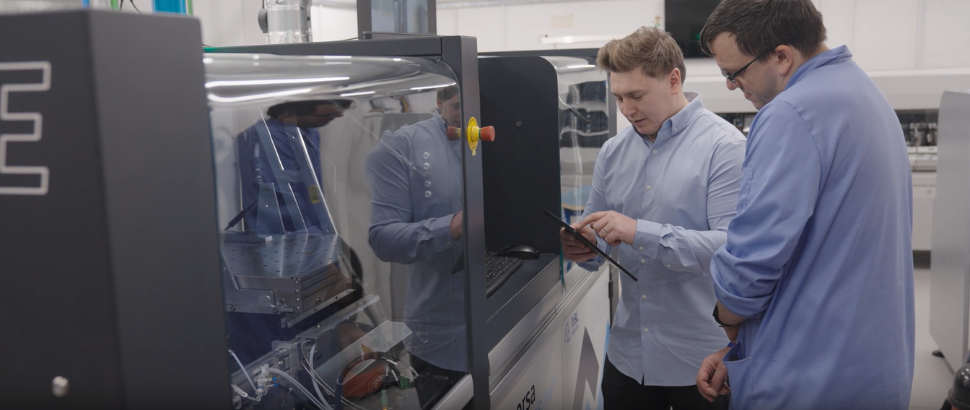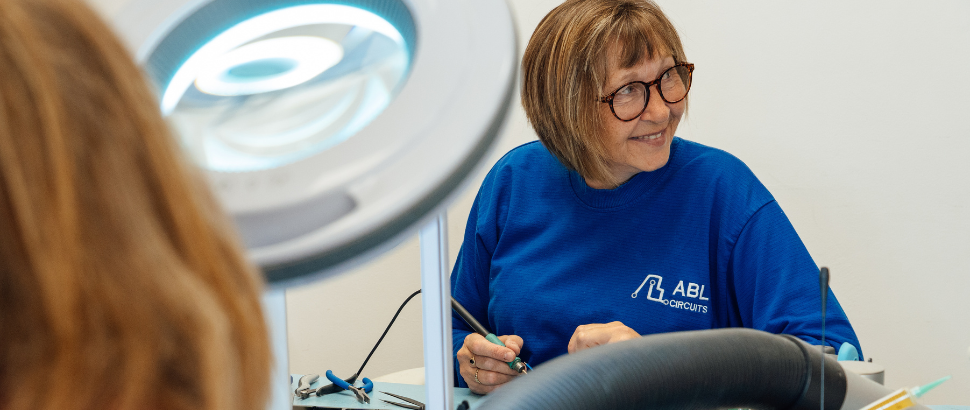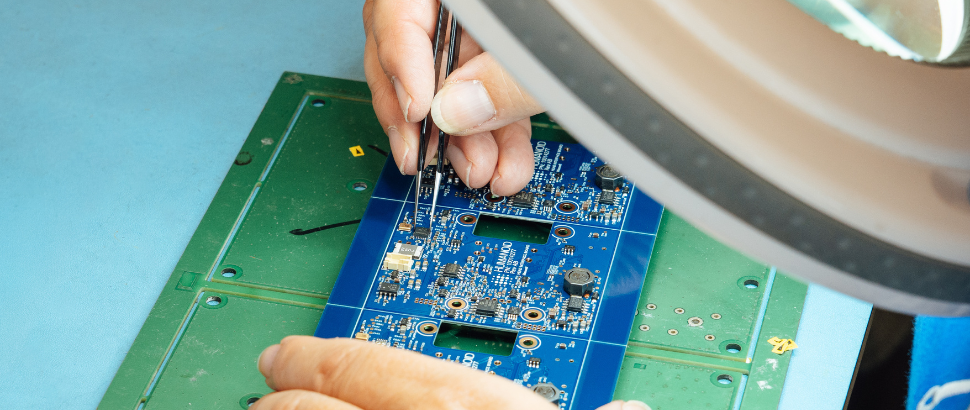News, Blogs & Articles

The Critical Role of PCBs in Renewable Energy Systems
Case Study
June 11, 2024
PCBs (printed circuit boards) play a crucial but often overlooked role in the renewable energy sector. They make renewable energy possible by connecting electronic components and allowing power to flow to different devices. These intricate platforms serve as the backbone of sustainable energy, by optimising energy production and improving system reliability. As the industry continues to advance in an effort to combat climate change, it’s vital that you understand the role of PCBs in renewable energy.
In this post, we’ll dive into what a renewable energy PCB is, as well as the benefits and unique challenges PCBs face in renewable energy.
Understanding PCBs in renewable energy
PCBs are an integral component of electronic devices, facilitating the flow of electricity between electronic components. A PCB is made from several layers and generally has at least one rigid, or sometimes flexible, substrate layer – typically made from fibreglass. They have conductive pathways, also known as traces, etched onto their surface to allow electrical signals to travel between components. There are different types of PCBs available, designed to meet the different needs of various sectors.
When it comes to renewable energy systems, PCBs allow for…
- Power regulation: PCBs help manage the flow of electricity within renewable energy systems. They are responsible for regulating voltage levels and distributing power efficiently and safely across various components.
- Data processing: PCBs often integrate sensors to monitor system performance and ensure optimal operation. These functions are essential for maximising energy output and implementing safety protocols.
- Impressive durability: When it comes to renewable energy systems, PCBs need to withstand harsh environmental conditions such as temperature fluctuations and humidity. For example, wind turbines operate in unpredictable, often harsh conditions including rain and wind. PCBs are often designed with specialised materials to protect them against these challenging conditions.
PCBs play a critical role in renewable energy systems, enabling system efficiency, reliability and optimised performance. With these benefits in mind, PCBs enable renewable energy systems to achieve lower operational costs, higher energy yields and increased sustainability overall.
Key applications of PCBs in renewable energy
PCBs are the driving force behind multiple renewable energy technologies, including:
Solar energy systems
PCBs play a crucial role in solar energy systems. They’re used in solar panels to interconnect solar cells, and are used to manage the conversion of sunlight into electricity and ensure effective power delivery. They also help convert DC power from solar panels into AC power, which is suitable for grid connection and household use. PCBs regulate voltage levels and implement control algorithms to optimise energy production and grid integration.
Wind energy systems
PCBs make the control systems of wind turbines possible, ensuring effective wind energy collecting and safe, high-performing energy management. They’re also used in power converters to convert variable-speed mechanical rotation into stable AC power. You can rely on PCBs to regulate voltage, frequency and power to maintain grid stability during different weather conditions.
Hydropower energy systems
PCBs are regularly used in hydropower systems to control the generation of electricity from flowing water, such as streams and creeks. PCBs help hydropower systems produce the most energy possible. They also help to stabilise voltage fluctuations, synchronise with the grid and ensure smooth operations.
Here at ABL Circuits, we’ve worked closely with various energy partners across different sectors. Some of the companies we’ve partnered with include North Sea Oil and Gas, Datum Electronics, and BP Pulse.
Benefits of using PCBs in renewable energy
Using PCBs in renewable energy systems offers numerous benefits, from reliability to improved system efficiency.
Here are some of the key benefits of implementing PCBs in renewable energy systems:
- Efficiency: PCBs are known for their efficiency, allowing efficient conversion, distribution and management of renewable energy. This can help you to maximise energy yield and minimise losses, contributing to improved system efficiency.
- Reliability: PCBs improve the reliability of renewable energy systems, thanks to their robust, durable design. They enable secure connections that can protect sensitive components from potential hazards, allowing systems to operate under harsh weather conditions. This can naturally reduce downtime and maintenance costs.
- Integration: PCBs make integration feel straightforward, enabling the integration of several electronic components into compact designs.
- Flexibility: You won’t be limited by a PCB’s design – instead, you’ll have the flexibility to tailor your energy system designs to specific requirements. PCBs can accommodate different voltage levels and power ratings, thanks to their flexibility in design.
- Scalability: PCBs are scalable and can accommodate changing energy demands, such as through additional solar panels or integrating more wind turbines into a wind farm. They enable scalable deployments that can grow with increasing energy needs.
Challenges and solutions of PCBs and renewables
To help you prepare and overcome potential obstacles, we’ve put together this list of challenges associated with using PCBs in renewable energy systems, and ways to overcome them.
- Reliability issues: As mentioned, PCBs are known for their reliability but this can be negatively affected by factors such as mechanical stress and thermal cycling, leading to component degradation. To mitigate this risk, make sure you employ robust PCBs that are designed with thermal management in mind, to improve system performance.
- Environmental conditions: Renewable energy systems operate in harsh environmental conditions, such as extreme temperatures and corrosive atmospheres. These conditions can degrade PCB materials over time and reduce their reliability. To combat this, be sure to use advanced materials with enhanced thermal conductivity and environmental resistance to withstand environmental issues.
- Technological limitations: Traditional PCB materials may struggle to meet the requirements of modern renewable energy systems, due to their high-power applications and complexities. To combat this, you should work with an advanced PCB manufacturer like ABL Circuits to ensure your PCBs are produced with quality and precision every time.
ABL Circuits – bringing the future of PCB technology
PCBs play a pivotal role in driving innovation within the renewable energy sector.
If you’re looking for a reliable, forward-thinking PCB manufacturer – you’ve found it with ABL Circuits. With over 40 years of experience in PCB design, manufacturing and assembly, we can offer you the reliability and durability needed for your renewable energy systems.
Get a quote today for your renewable energy PCB solution – we’d love to work with you.
News, Blogs & Articles















